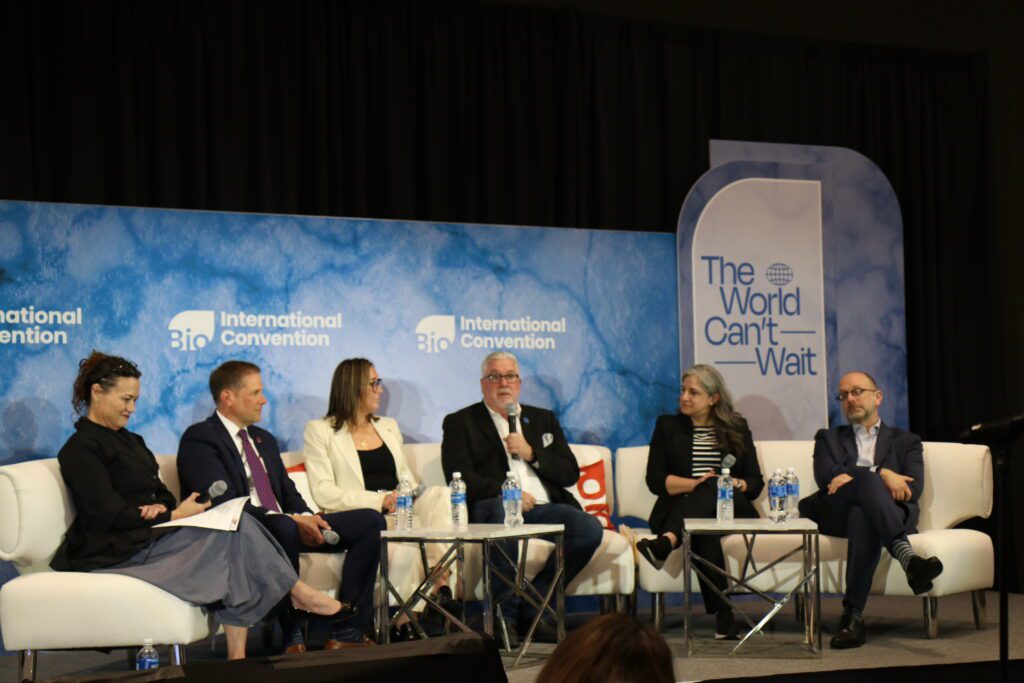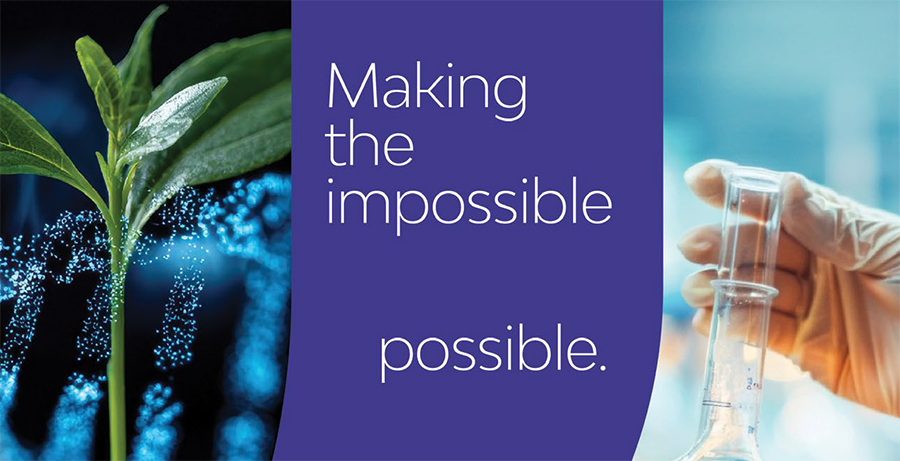The 2025 Biotechnology Innovation Organization (BIO) International Convention highlighted why we – the biotech industry – do what we do. In one word: patients.
On Day 3, a panel, “Recognizing the Why Behind Our Medicines: Patient Connection as a Motivator for Impact,” featured patient advocates and biotech leaders examining the importance of putting patients front of mind in everything that they do.
“When you look at the package insert for the medicines, you see an N, which represents a data point,” said Michele Oshman, BIO’s Chief Patient Advocate and Head, Patient Advocacy Center of Excellence. “But behind every data point there is a person, a family, and somebody for whom there’s a why.”
Patient advocacy is personal
Many patient advocates come to this work for personal reasons. For example, Rich Brennan, Vice President, Federal Affairs at the ALS Association, was diagnosed with leukemia as a child and was one of the first Make-A-Wish kids in the U.S.
“I wasn’t always the vice president of federal affairs for the ALS Association,” he said. “I was a patient first, and my story really influenced my career. Back in 1978, I was diagnosed with leukemia. Back in 1978, if you were diagnosed with leukemia, it was really like ALS; it was a terminal illness.”
Brennan reminisced about his wish to meet the LA Dodgers’ Steve Garvey, a meeting that led to national news and a now-iconic photo of the two together.
“What you don’t see,” he said, “is all the people outside of this photo that made this happen.”
‘Pure goodness’
As the Make-A-Wish program grew, patients got the chance to see out their dreams, either before their death or in the midst of their battle with disease.
“What I get to see every day is pure goodness,” said Sean Holleran, Chief Executive Officer at Make-A-Wish Massachusetts and Rhode Island. “It’s goodness in folks like you in the room.”
“And whenever a child articulates what they want for their wish, people come out of the woodwork to make it happen,” Holleran continued.
Another person who came out of the woodwork was Leslie J. Williams, MBA, Co-Founder, President, and CEO of HC Bioscience. When asked to fulfill the wish of a young boy who wanted to be a scientist, she jumped at the opportunity.
“A young boy named Alex, who is 10 years old—a precocious young boy—reached out to Make-A-Wish, and his wish was to be a scientist that was developing the treatment that could one day help him and help others with his disease,” recalled Williams. “He had a rare disease: Duchenne’s muscular dystrophy. He could have chosen, frankly, anything—for example, going to Disney World. But he wanted to work with scientists. He chose us, and that was both humbling and deeply moving for us, and the impact that this had at HC life life-changing.”
As Williams explained, the visit Alex made to the company helped them remember to put the patient in every stage of their work, from drug development to clinical trials to access.
‘The magic of seeing a life that my work has helped change’
“I don’t know anybody who gets up every day going, I’m really interested in just making as much money as possible,” said Samuel Blackman, M.D., Ph.D., Founder and Strategic Advisor at Day One Biopharmaceuticals, whose passion for treating pediatric cancers drove him to start his company. “Everybody that I know thinks, I want to touch that magic of seeing a life that my work has helped change.”
“It’s the audacity of hope that we all have,” said Williams. “As leaders in industry, we have a responsibility to engage patients early and often. They’re part of the journey. They’re central to the purpose of what we do. And it can’t be lip service. It has to be very well thought out.”
“Having patients be able to tell their stories about why this is important to them, what this drug makes a difference in their lives—it’s so extraordinary,” Brennan added.
“The flood gates are opening for patients to be engaged at all levels of drug development,” Brennan concluded.




